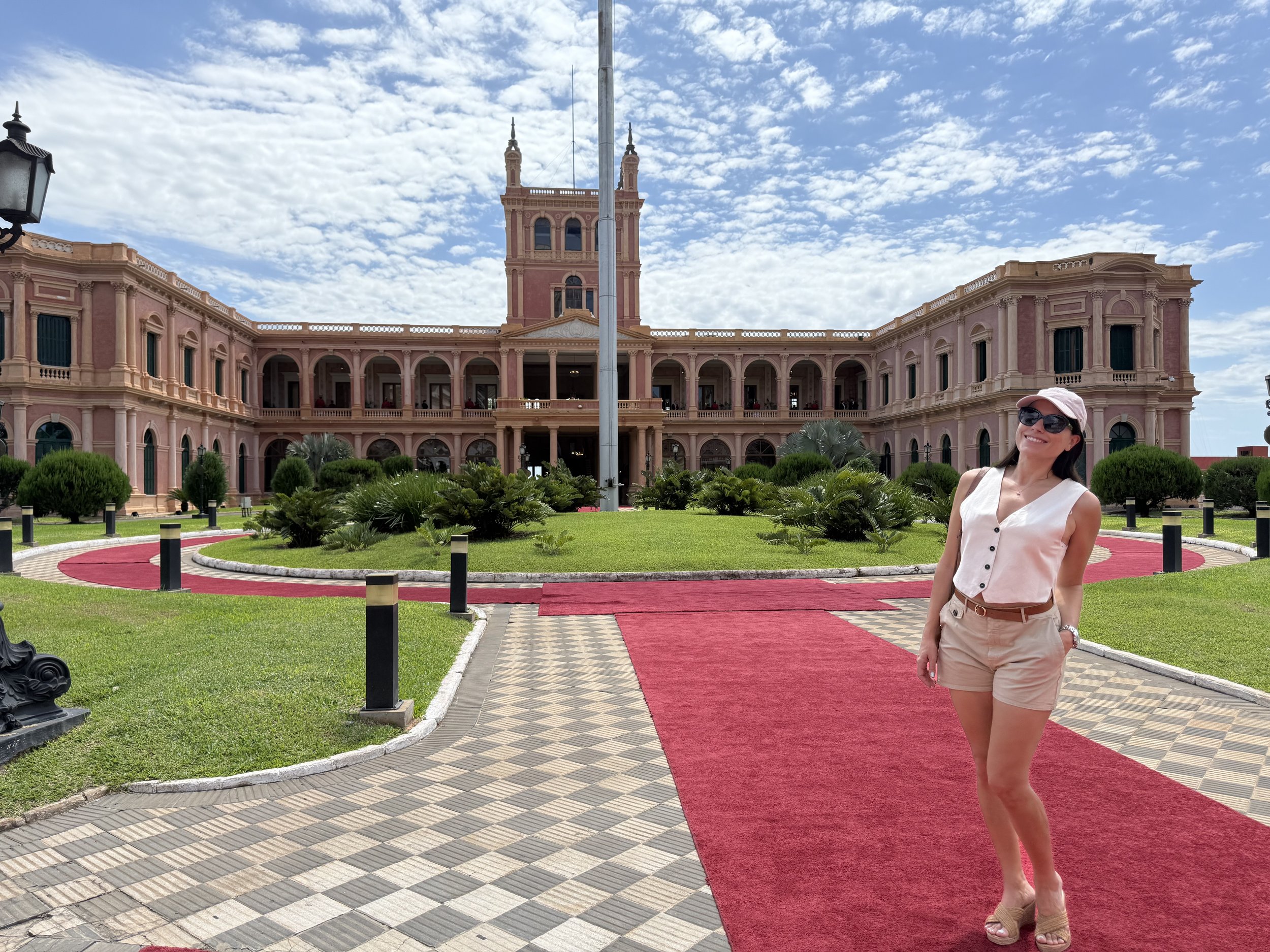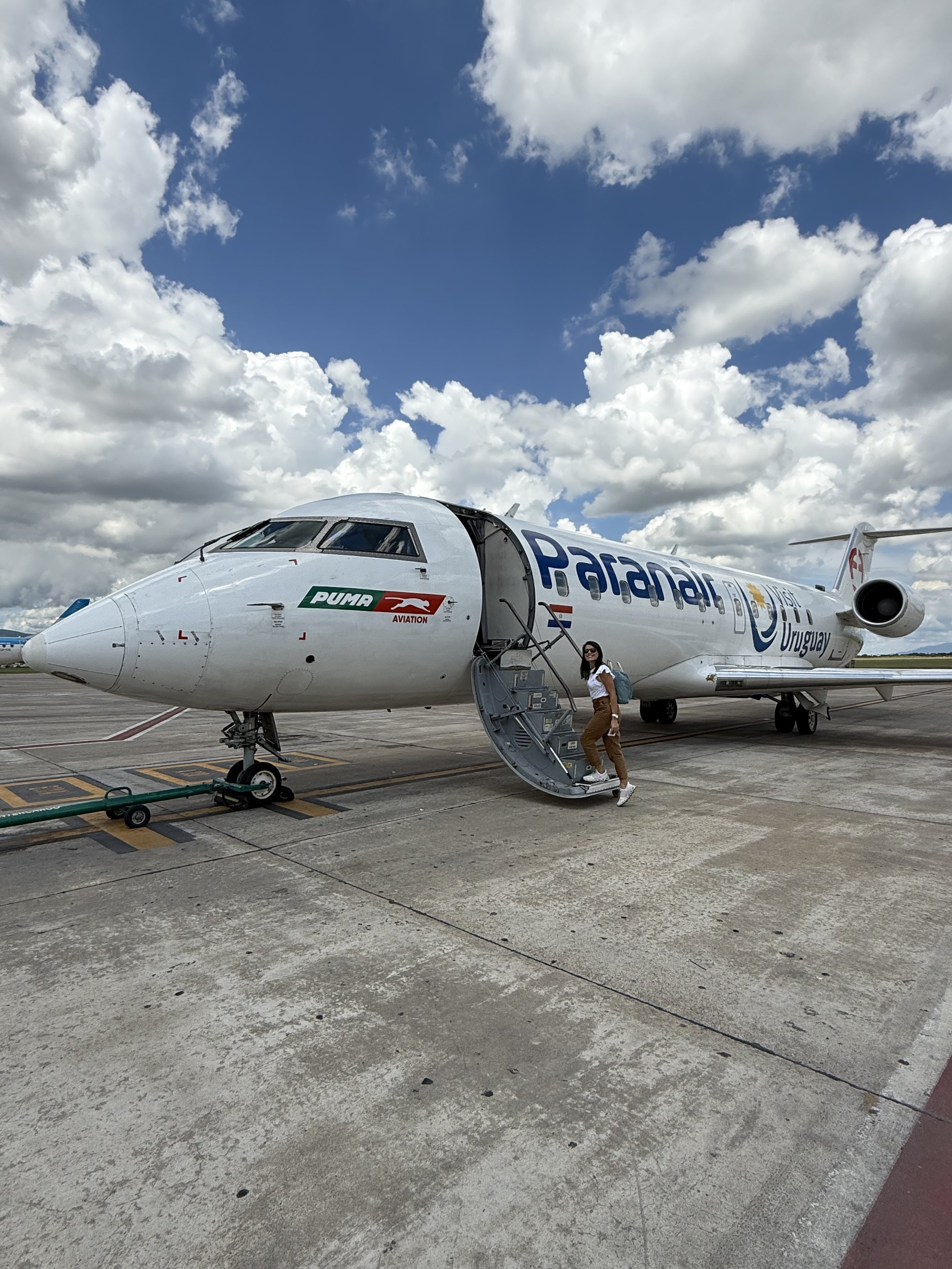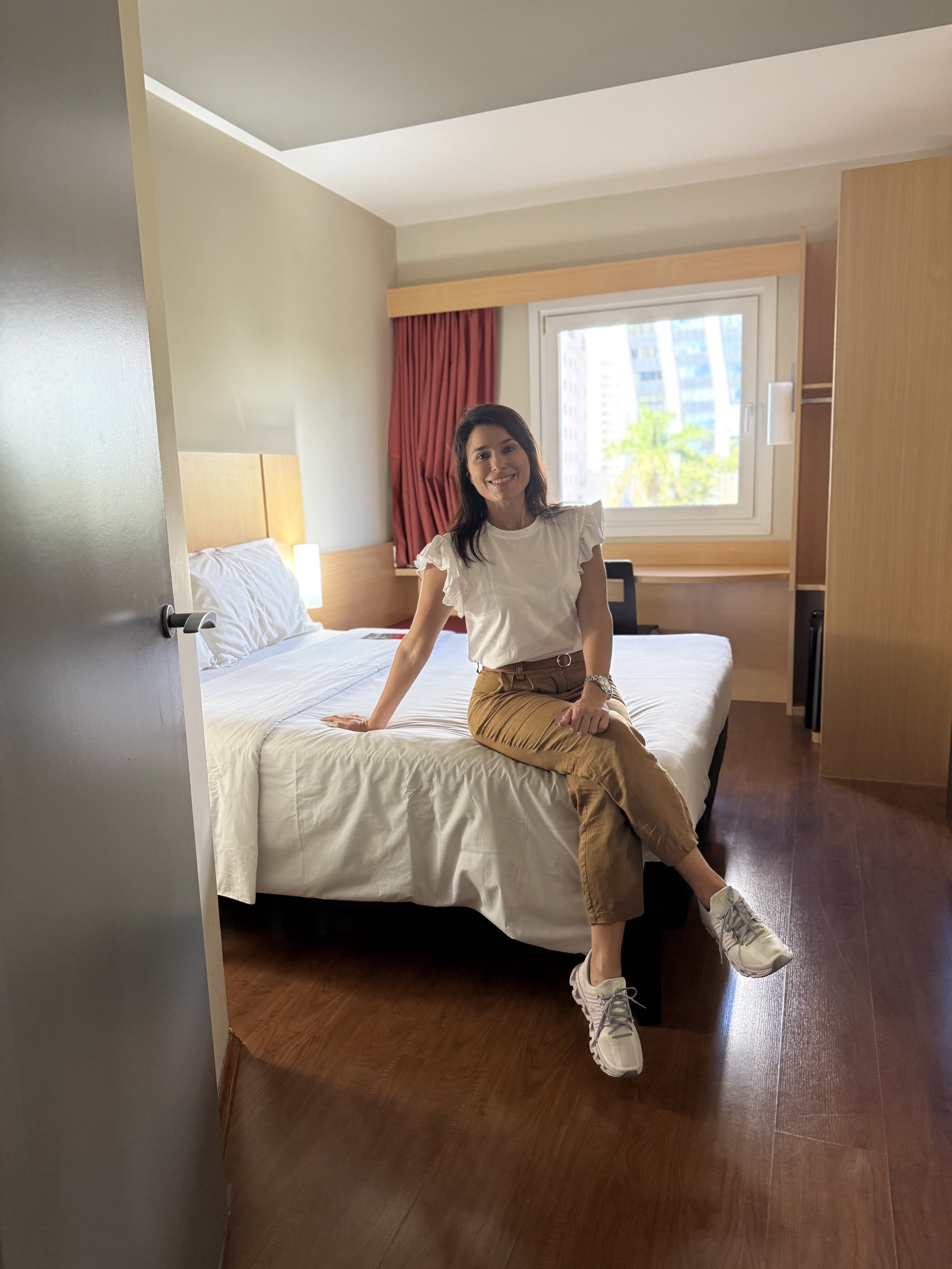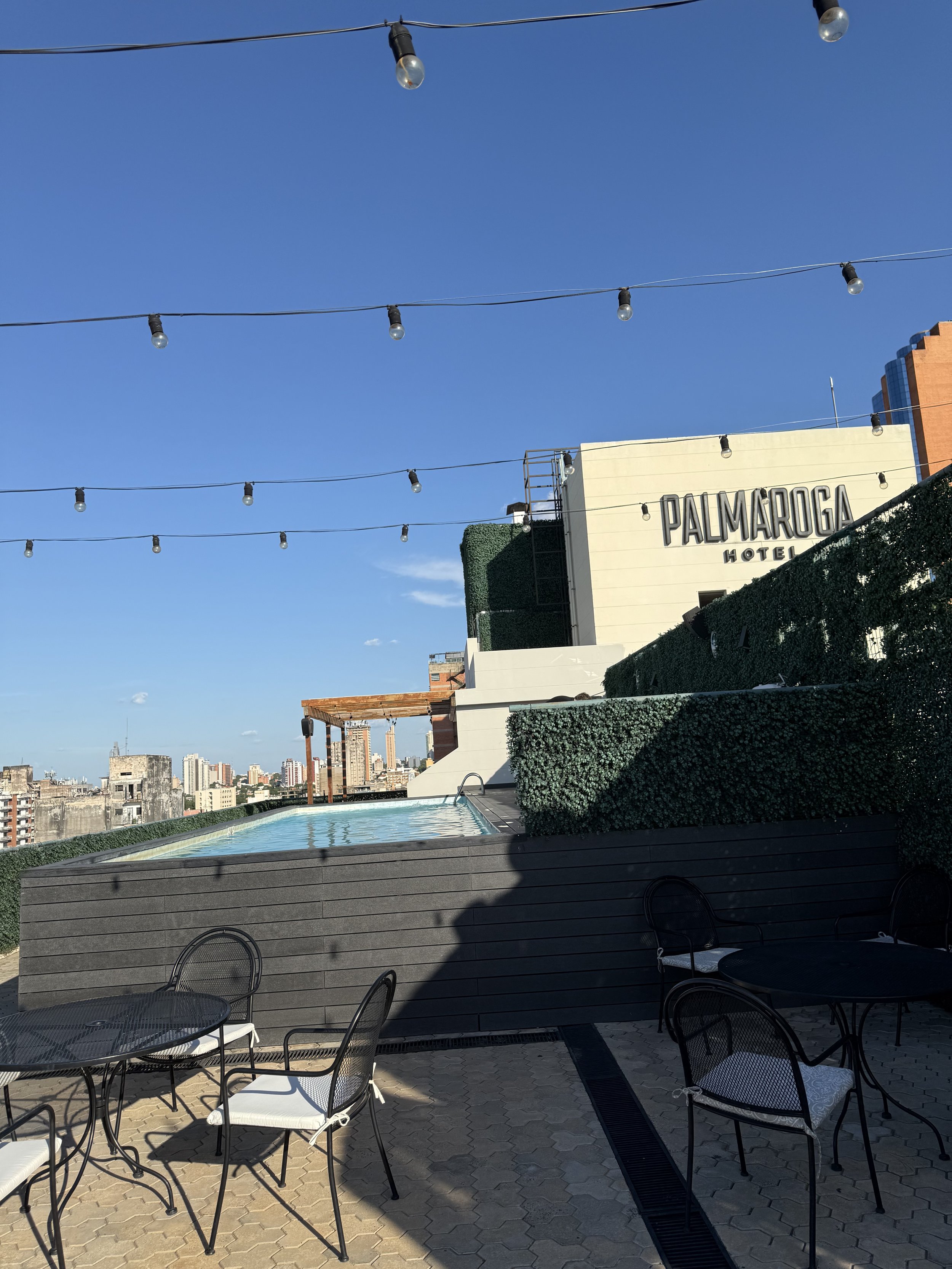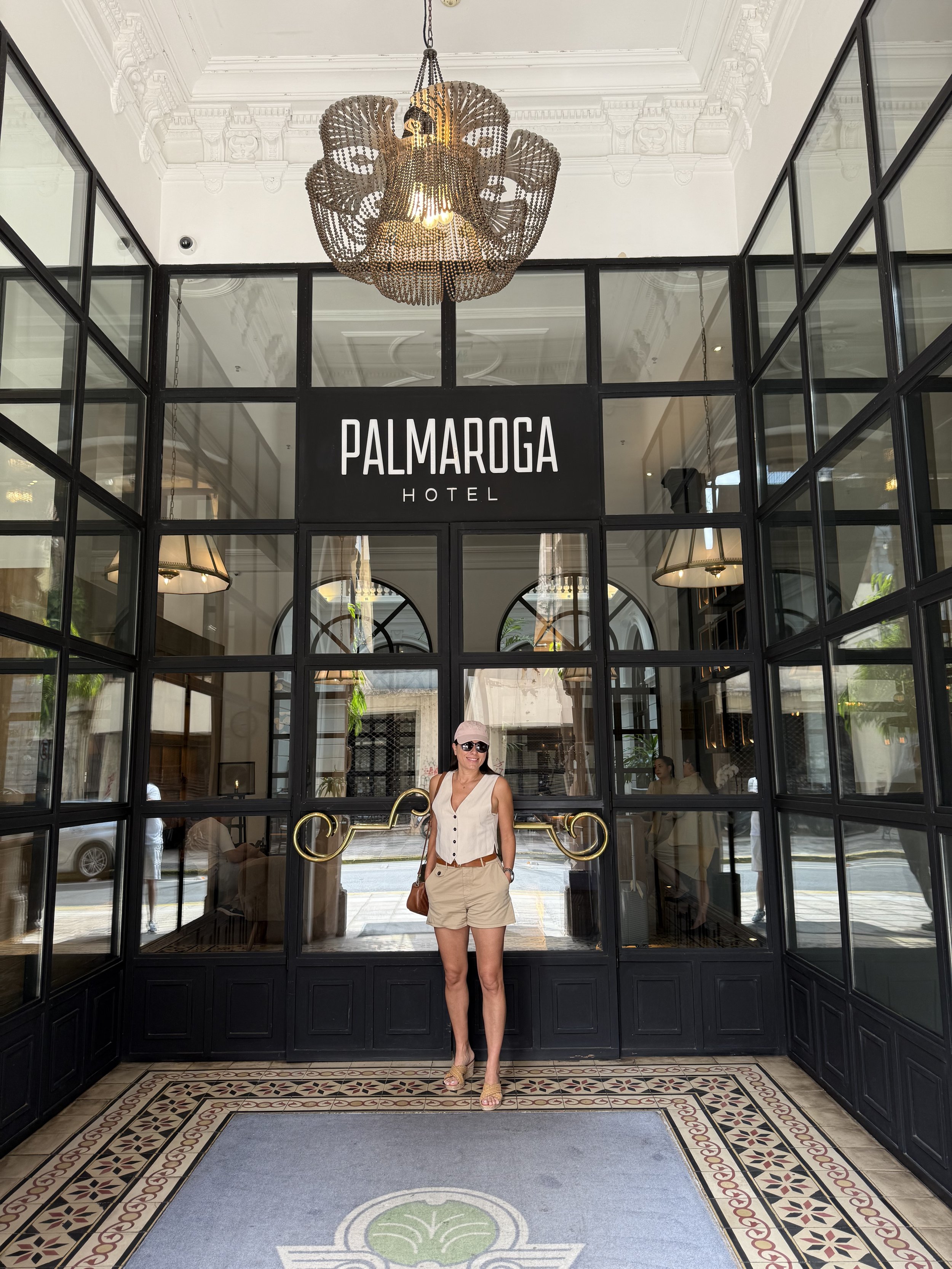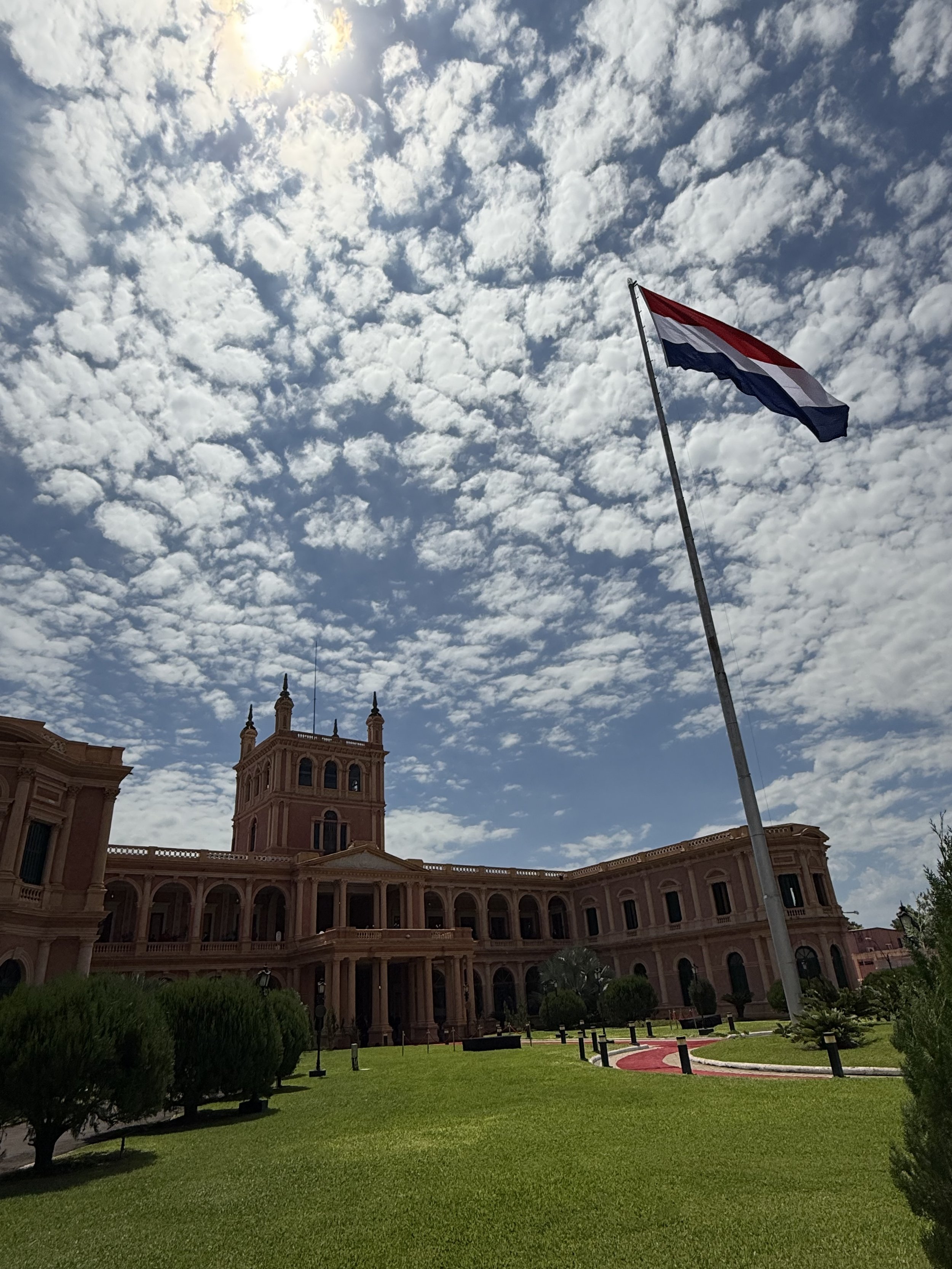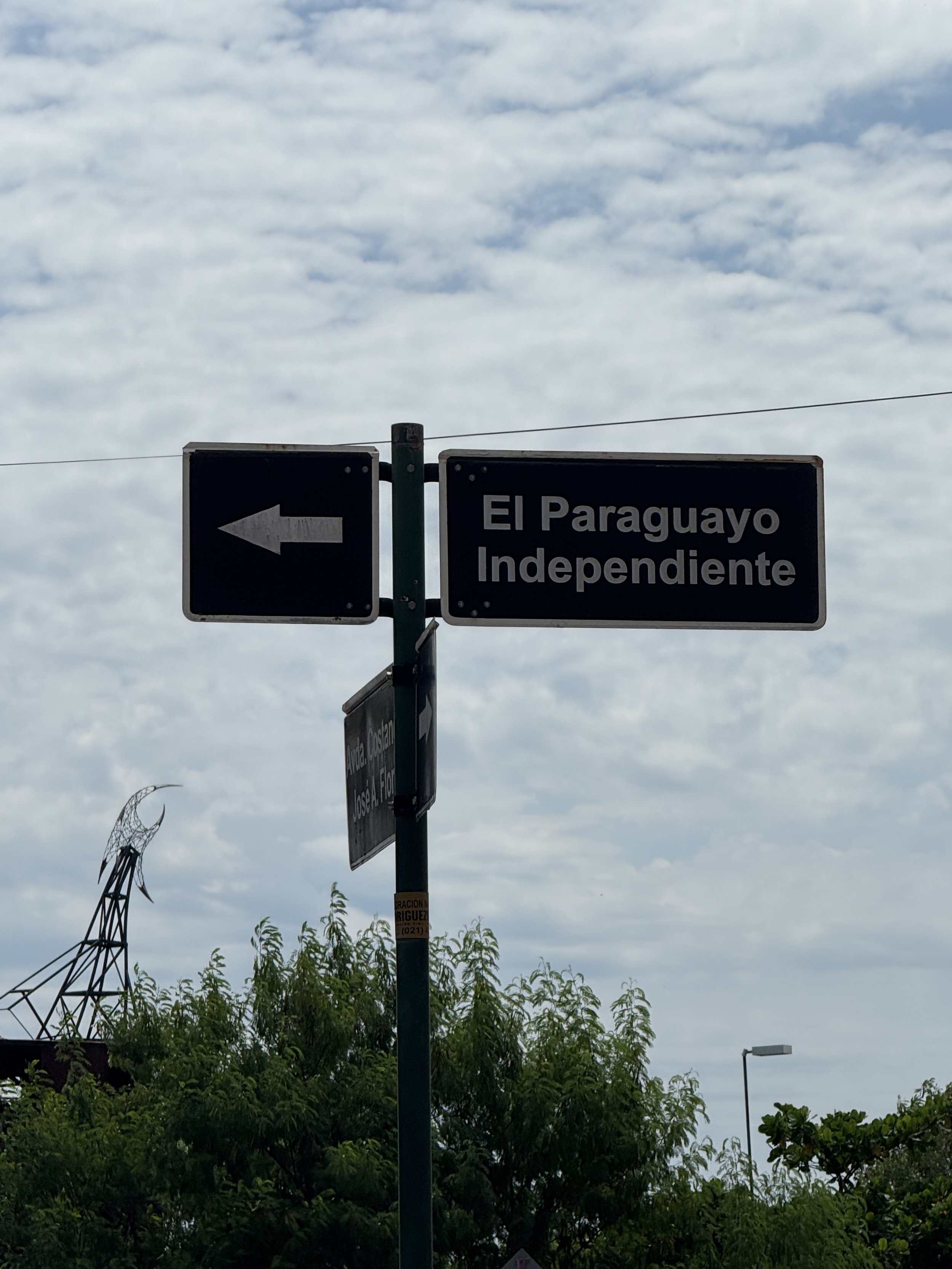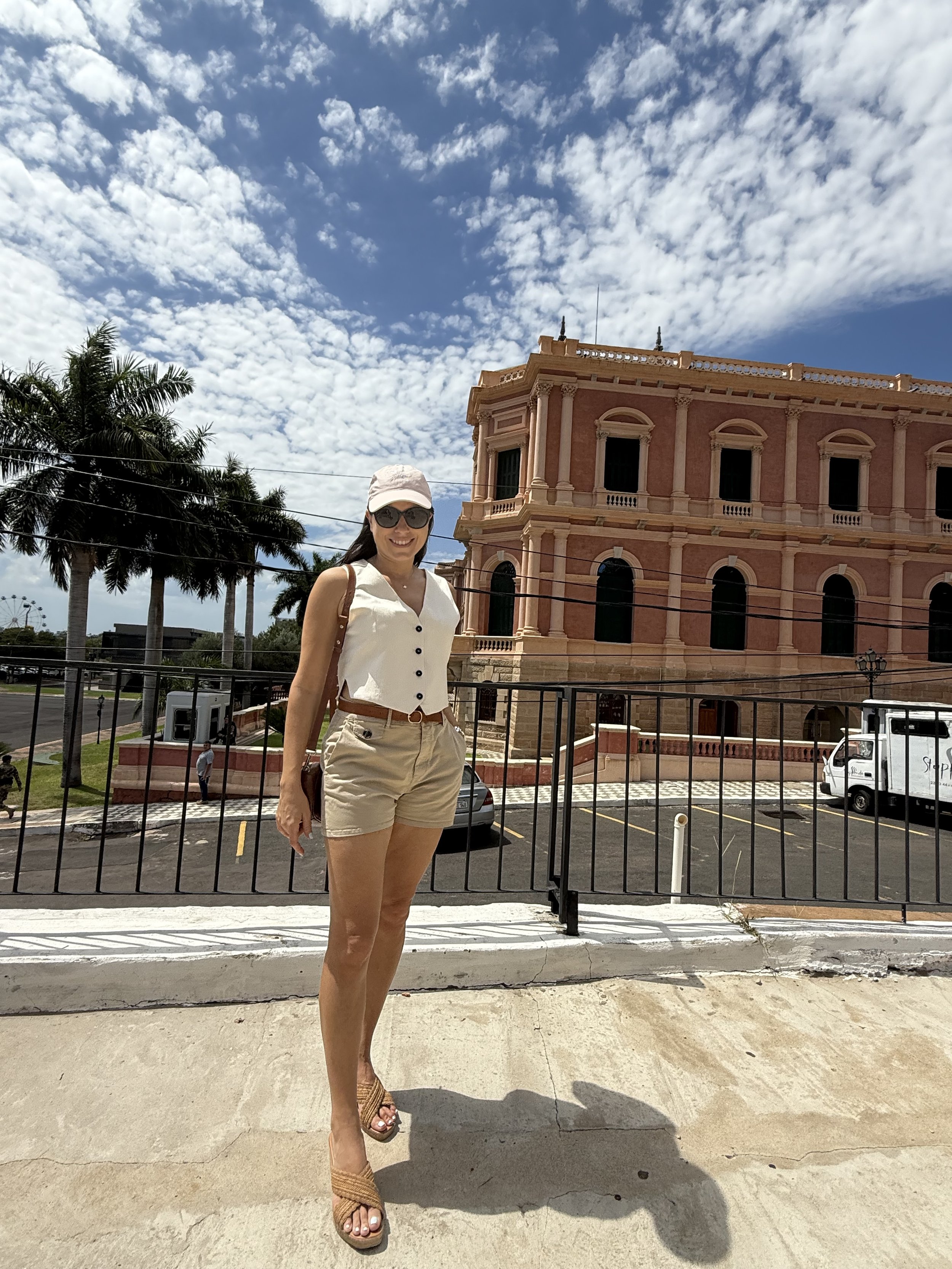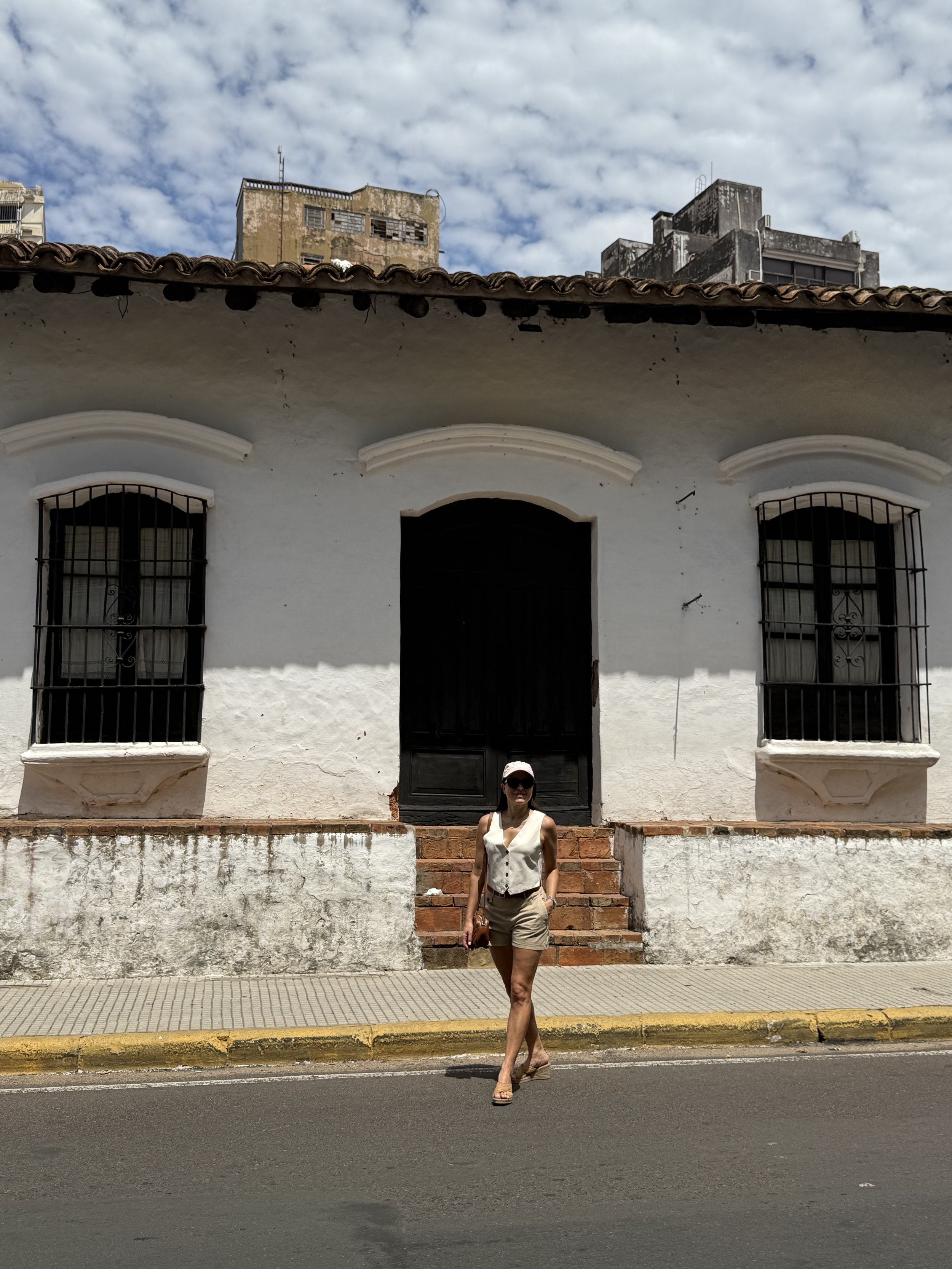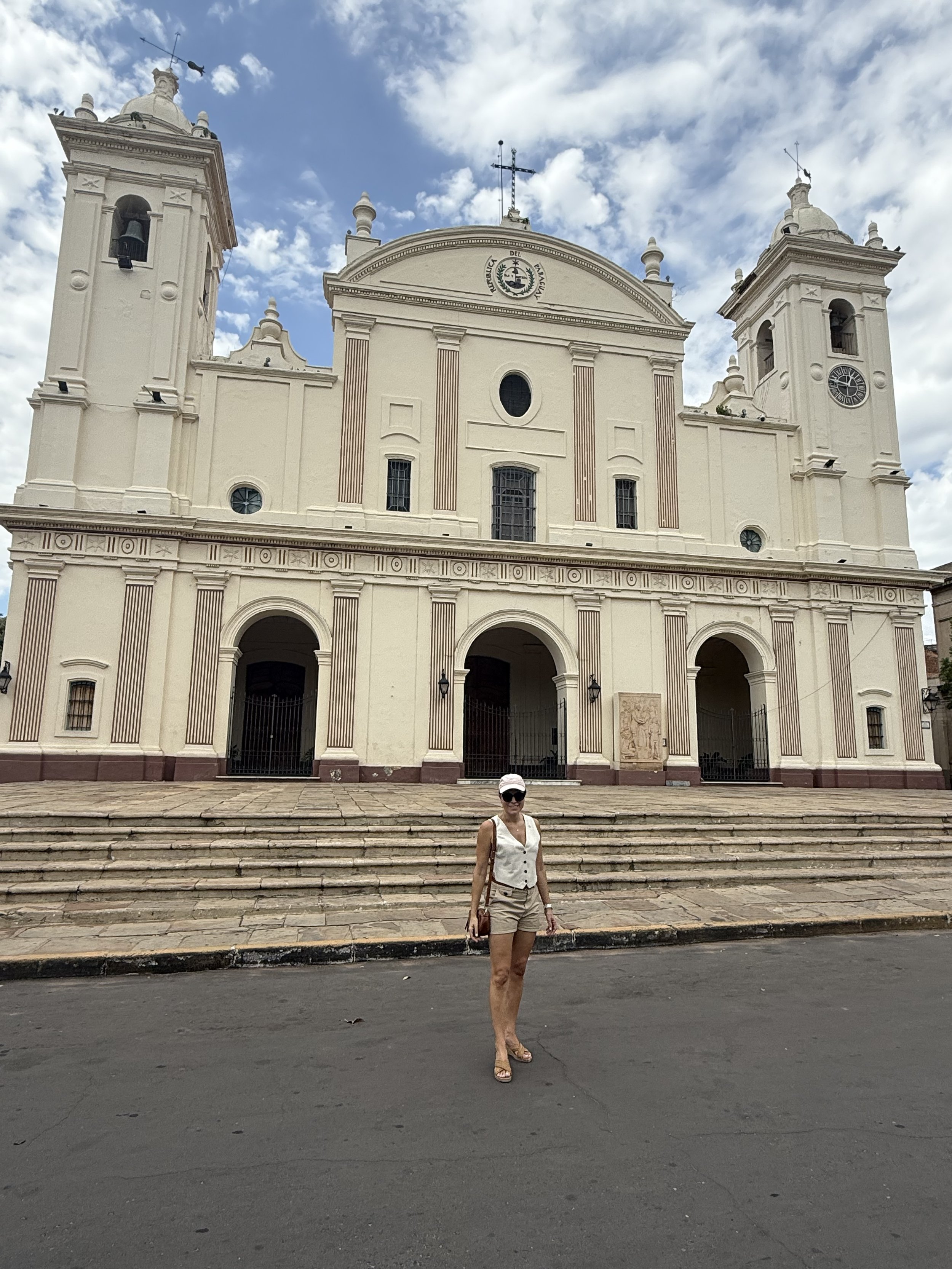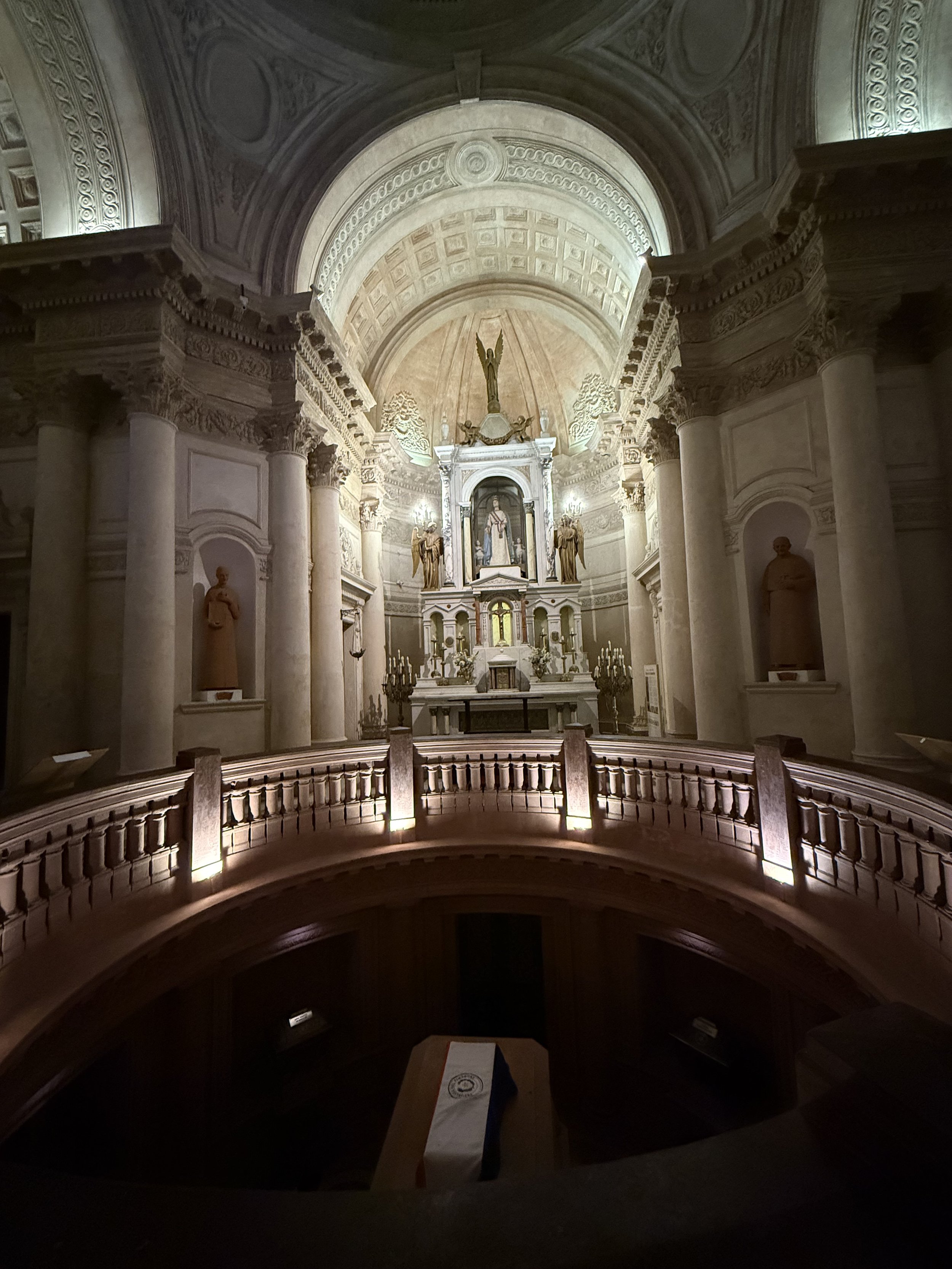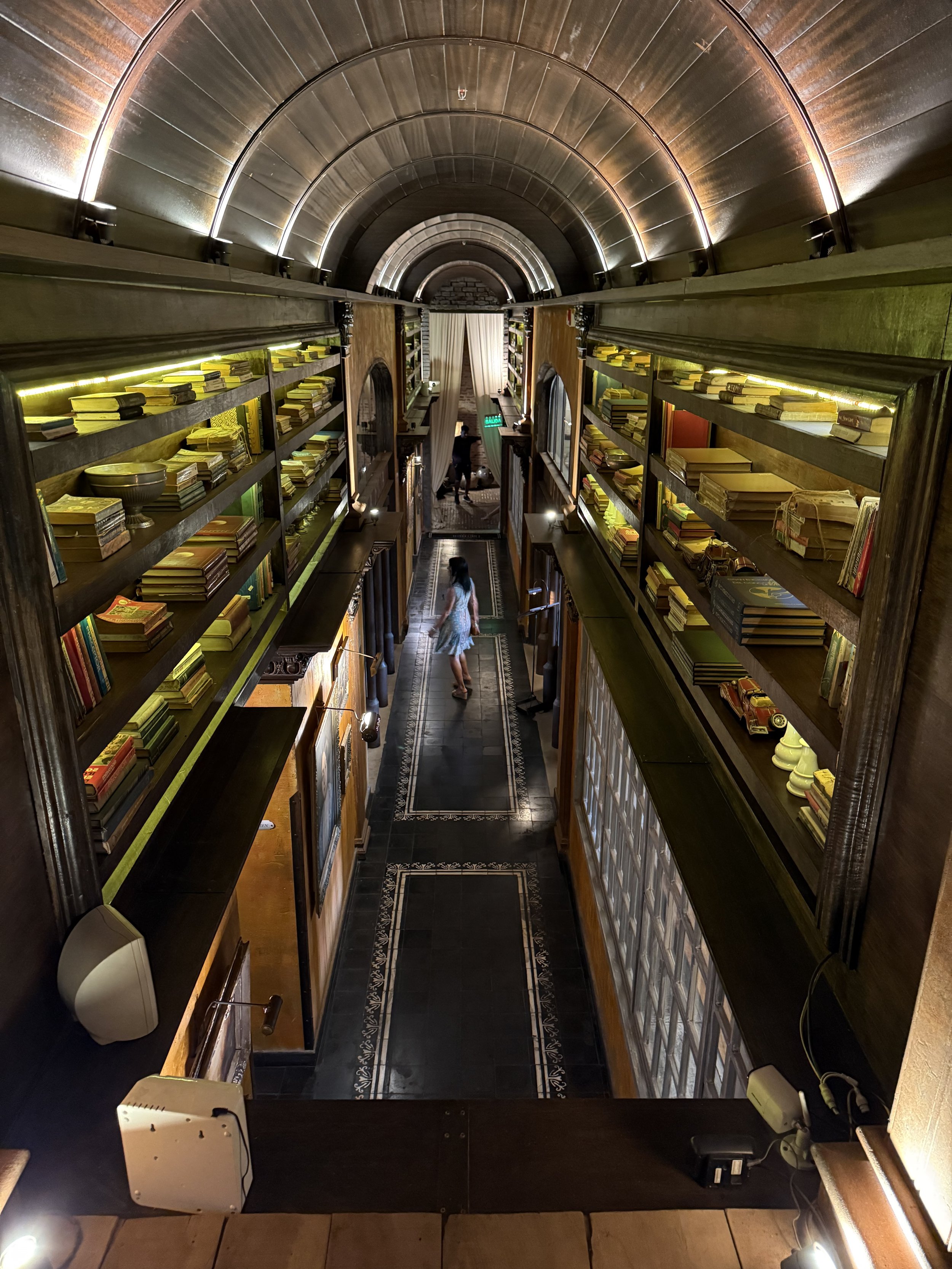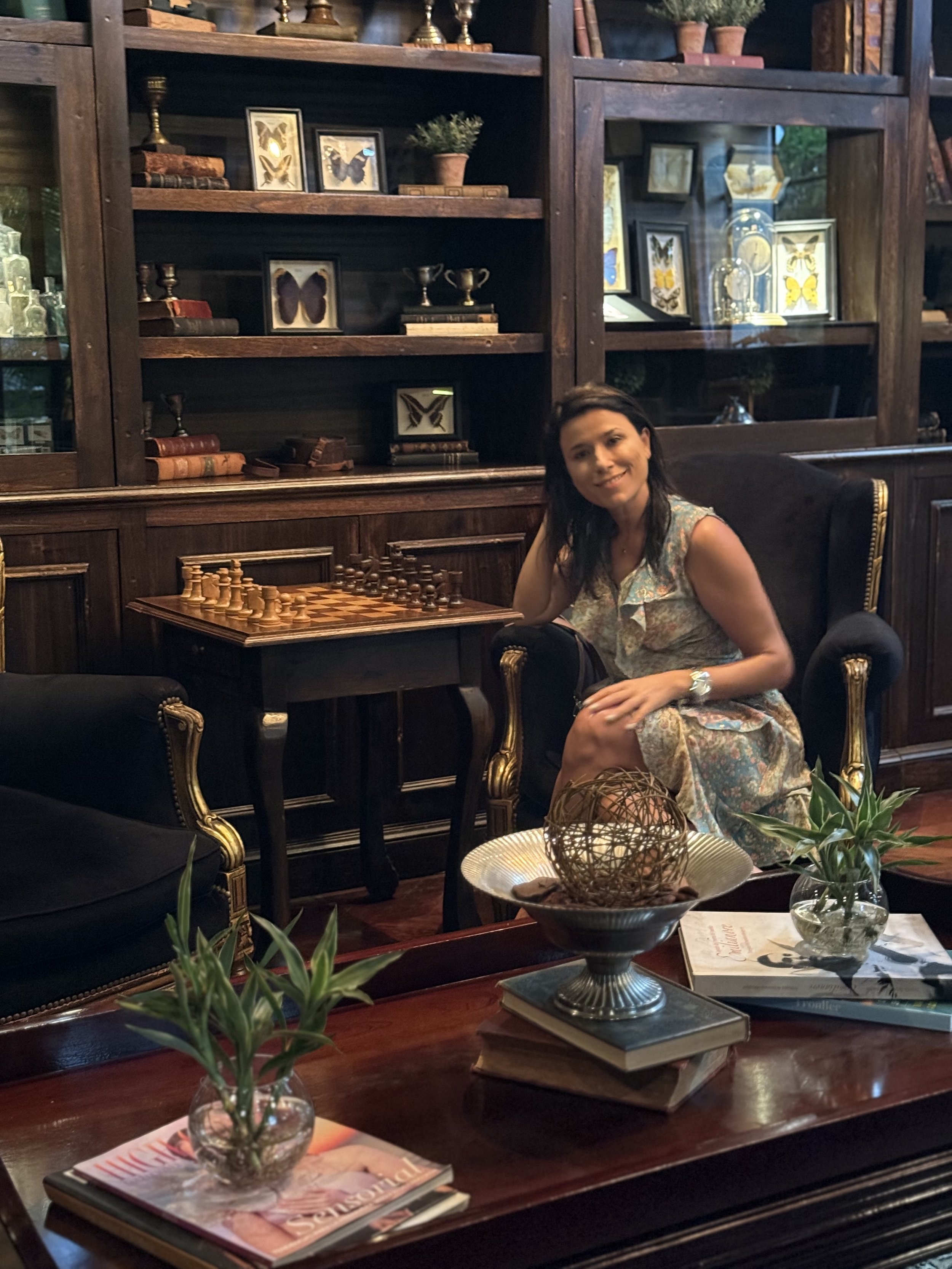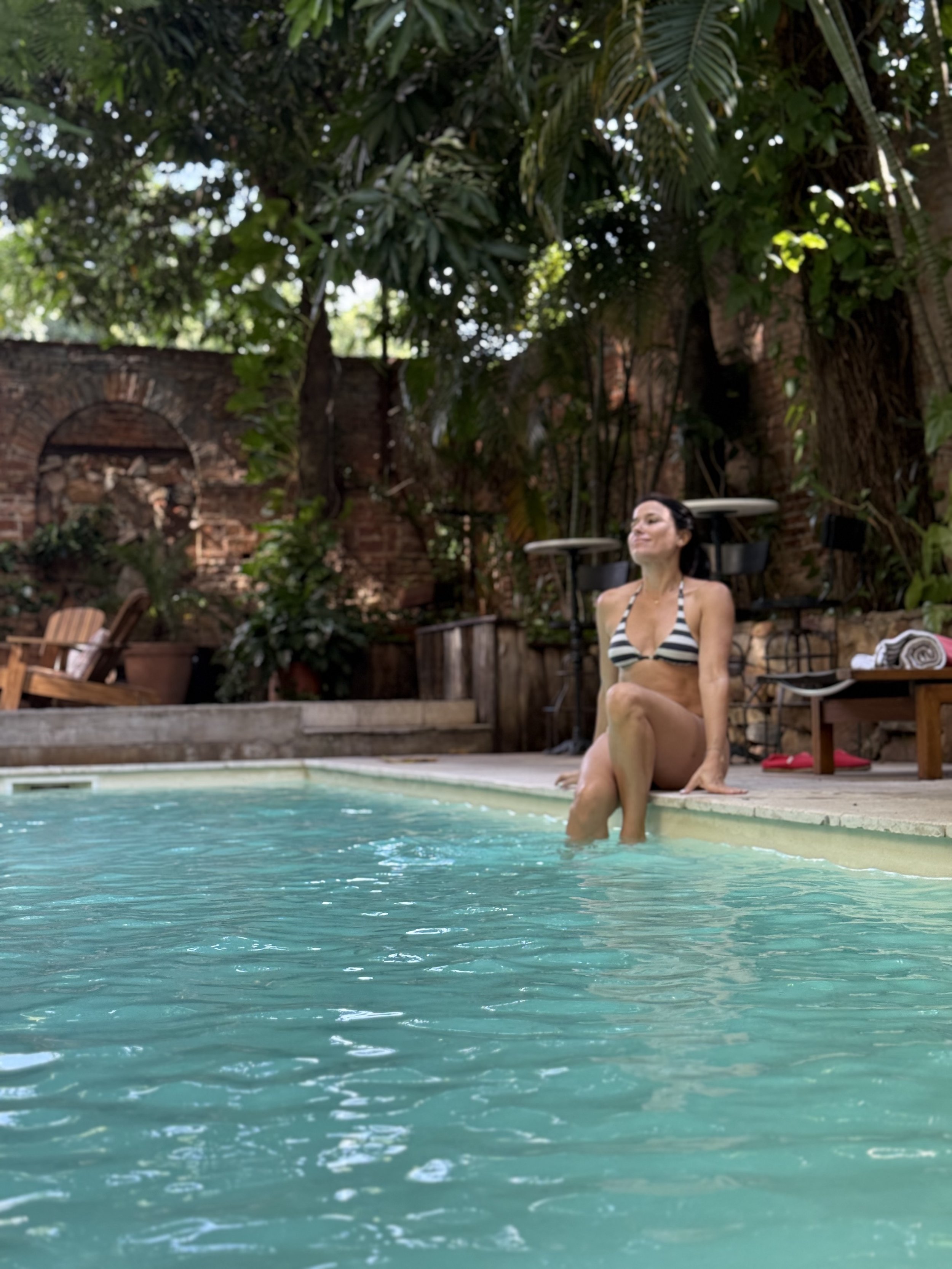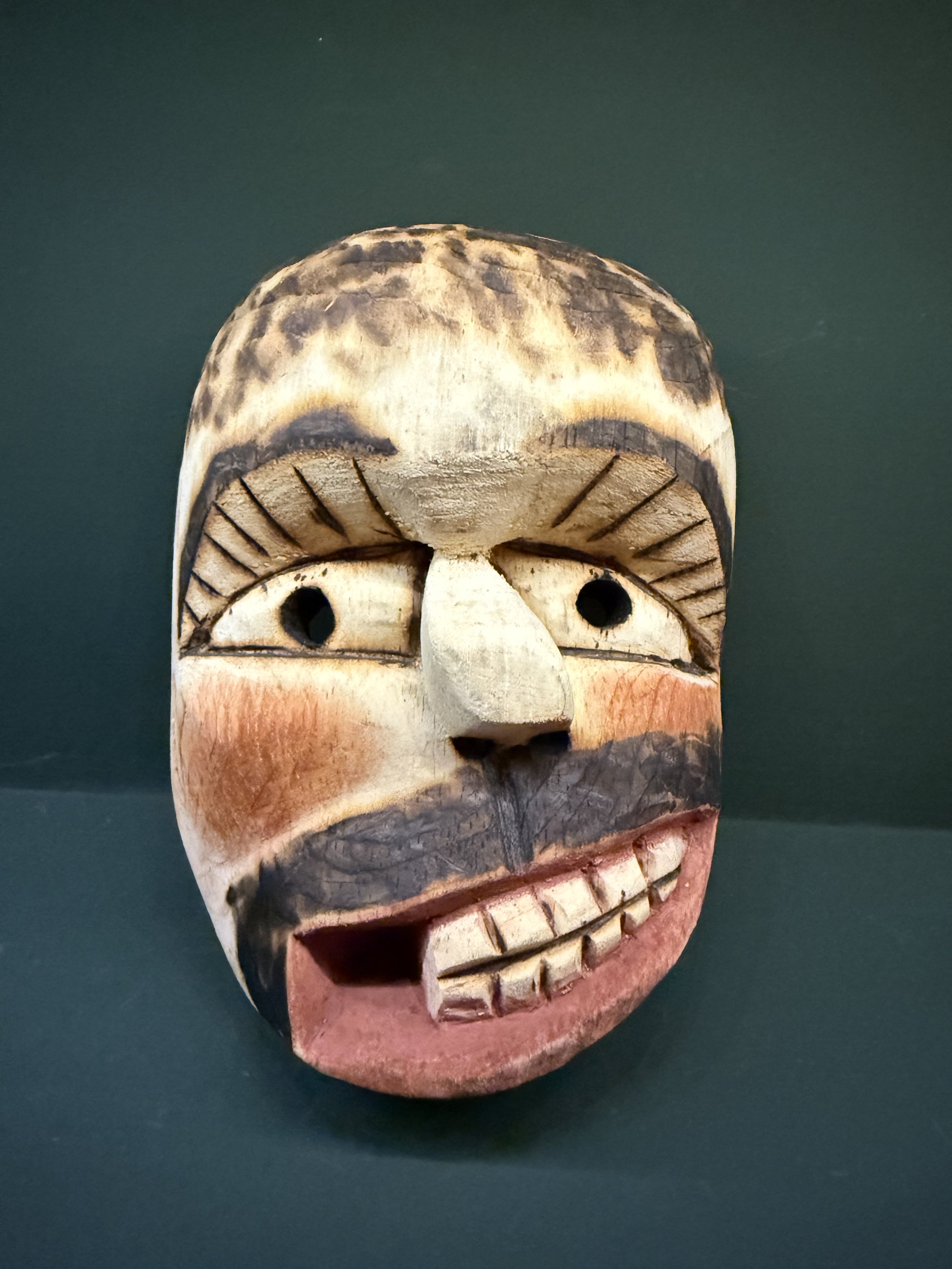Asunción
The awakening capitalParaguay is one of the oldest capitals in South America; founded on August 15, 1537, by the Spanish explorer Juan de Salazar y Espinosa, who arrived with Pedro de Mendoza.
We decided to visit the city located on the banks of the Paraguay River when the Paranair flight was launched, which connects it with our native Salta.
We chose the carnival weekend, a decision we later questioned a bit as the intense summer heat can be overwhelming.
A peculiar fact of the country's history is that it was the first in South America to declare independence from Spain, on May 14, 1811, with a movement led by José Gaspar Rodríguez de Francia.
On the other hand, it is well known the devastating impact of the Triple Alliance War -1865 to 1870- against Argentina, Brazil and Uruguay, which resulted in a catastrophic loss of territory and population.
Well, we landed at Silvio Pettirossi International Airport at siesta time, so we quickly took an Uber that drove us to the modern neighborhood of Villa Morra, one of the most exclusive and commercial areas of the city, with hotels of several chains, office buildings, restaurants and shopping malls.
We chose Ibis, hotel, exchanging some points we had in the chain's app, because of its strategic location, on Aviadores del Chaco Avenue, just a few steps away from Shopping del Sol and Paseo La Galería, two of the most important shopping malls.
Shopping del Sol was the first luxury shopping center in the city, with a wide range of international brands and a supermarket with imported products that drove Mr. @tripticity_ crazy.
Paseo La Galería, on the other hand, stands out for its architecture and its restaurants on the terraces full of vegetation.
The next day, after a morning of shopping, in which we took advantage of imported items for our kitchen, we moved to a new hotel. We had decided, as part of the trip, to get to know different hotel proposals. And so we did.
To visit the historic center of Asunción, we stayed at the Hotel Palmaroga part of the Hilton Tapestry Collection.
After the pandemic, the area suffered a major decline, so the buildings are in poor condition, very decrepit.
But it turned out that just those days an official delegation of the German government including the president was staying at the hotel, which is why during our entire stay the whole neighborhood was guarded by military and police. This allowed us to walk out at night feeling very safe.
In fact, that night we walked to Lido Bar to try the local delicacies. We started with a pastelito, a kind of empanada, stuffed with beef and Paraguayan cheese, and then continued with the classic milanesa de surubí with fried manioc, and chili, lots of chili. It is the emblematic restaurant of Asunción, open since 1953.
We accompanied it with a white wine to alleviate the heat that continued to hit the city. Even at night the temperature does not drop.
The next morning, to the opulent breakfast we added the delicious M'bejú, a tortilla made with mandioca flour, butter and cheese. Delicious!
We went out to tour the main attractions of the historic center. We started in the arcade where artisans put their products on sale. The highlight was undoubtedly everything related to straw work, whether baskets or -even- the traditional hat, which -obviously- we did not hesitate to buy.
We headed towards the Lopez Palace, Palacio de los López, seat of the National Government of Paraguay. A neoclassical building built in 1857 by order of Carlos Antonio Lopez for his son, the future president Francisco Solano Lopez, with a very nice view of the river.
Just across the street is the Manzana de la Rivera, , a group of restored colonial houses that function as a cultural center, offering exhibitions on the history and culture of Asuncion. Admission is free and it has a very nice café bar with a terrace overlooking the Palacio de los Lopez.
From there, a short but tiring walk through the heat to Casa de la Independencia. Built in the 18th century, this colonial house was the place where Paraguay's independence was planned in 1811. It is now a museum with original documents, antique furniture and historical objects, with free admission.
We visited the National Pantheon of Heroes - Panteón Nacional de los Héroes. The mausoleum houses the remains of outstanding national heroes. It was inaugurated in 1936. Construction began in 1863, but the War of the Triple Alliance left it unfinished for almost 70 years.
On the way we passed by the Tienda Nueva Americana, which we had already visited in the Shopping del Sol.
Next, the Metropolitan Cathedral of Our Lady of the Assumption - Catedral Metropolitana de Nuestra Señora de la Asunción. The main catholic temple of Asunción, located in the historical city center. Its current construction dates from 1845, during the government of Carlos Antonio Lopez, and stands on the site of the first diocese of the Rio de la Plata.
And finally, a visit to the Cultural Center of the Republic El Cabildo - Centro Cultural de la República El Cabildo, which operates in the former seat of the National Congress, offers exhibitions of art, history and Paraguayan culture.
We returned to the hotel to enjoy the pool on the terrace overlooking the city and the river. Refreshing was a must.
In the evening we wanted to try the restaurant La María Cocina y Carbón, which operates in the hotel, but it was closed. That's one of those things about the city. At times all that drive and investment boom is overshadowed by a certain air of provincial idleness or situations that are not consistent with an important capital city. We had dinner at the hotel bar with international food.
We decided to spend our last day at Factoría, hotel, which is located in the more residential neighborhood of Las Carmelitas. On the way, the Uber took the waterfront of Asunción, modern and colorful.
In a former alcohol factory, the accommodation stands out for its decoration, in which everything is recycled. Its facilities are very nice, being outstanding above all the library.
Nearby is the Nissei electronics store, highly recommended for the purchase of technology due to its good prices.
Its garden and pool tempted us to take a swim. Before nightfall we decided to have a drink at the Dorsia Coctail Bar, a speakeasy hidden behind an art gallery, a signature bar that doubles as an exhibitor of local art. The indigenous wooden masks looked splendid in the bar's VIP room, and the waiter Ariel gave us a tour of their history and significance.
We had some very good cocktails and then headed to La Cuadrita, a gastronomic promenade with a varied offer of restaurants. There we chose La Provista, as we wanted to repeat the surubí milanesa. That night was the eve of Mr @tripticity_. 's birthday, so we were treated to a cake to celebrate. We ordered a chilled Chilean rosé that worked wonders.
By then our getaway was over, and we still had to visit the Museo del Barro. . Since it was a holiday and it is not open on Sundays, we did not get to visit it. It houses a rich collection of indigenous and popular art, so we really wanted to check it out.
So, the next day after breakfast at the hotel Factoría we headed to the airport to take our return flight, while we celebrated the birthday getting to know a new and thriving capital.

